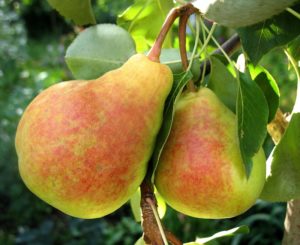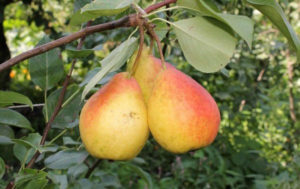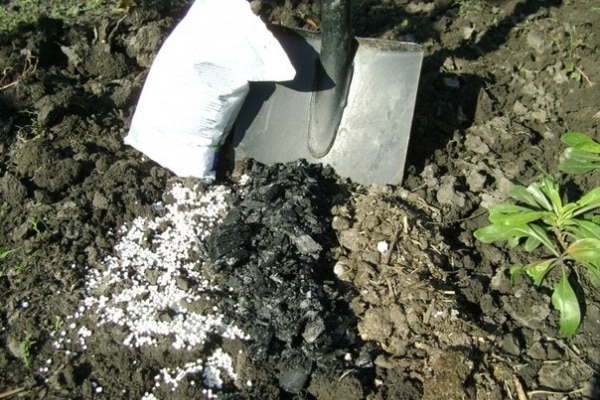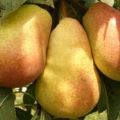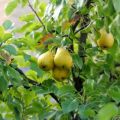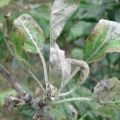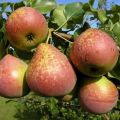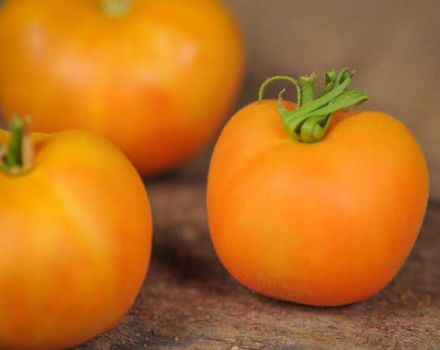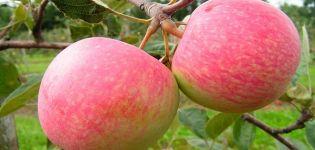Description and characteristics of pear varieties Conference, planting and care
The Conference pear has been grown by gardeners for over 100 years. It is an autumn commercial variety originating in England. It is intended for countries with warm climates, where summers are warm, autumn is long, winters are mild. Yield is influenced by climatic factors. The sweetest fruits grow if the summer is warm, humid.
Description and characteristics of the pear Conference
The height of the tree depends on the type of scion. Conference cuttings are grafted onto tall varieties of pears or quince. In the first case, trees of 5-8 meters in height grow from the seedlings, in the second - lower, 2-4 meters. The shape of the crown is wide-pyramidal. It is dense, many leaves are formed on the branches.
Frost resistance of buds and shoots is average, so gardeners should know where this variety can grow in Russia. The southern regions of the country (Crimea, Krasnodar Territory) are suitable for cultivation, in the Moscow region it will freeze slightly.
Attempts to acclimatize the Conference in the cold climate of the middle zone end in failure.
Everyone knows the sweet taste of the fruit. They are always available in markets and supermarkets. Not everyone thinks about where they are brought to Russia from. The supplier can be both China and a European country (Moldova, Poland). Harvesting is carried out in September-October. In a cold summer, the harvest time is shifted to the end of October, in a warm summer - to the end of September.
Characteristics of the conference pear fruit:
- the pulp is granular, light yellow (creamy), sweet taste, containing a large amount of juice;
- weight from 100 to 250 g;
- pear-shaped, elongated;
- the skin is green, covered with brown spots.
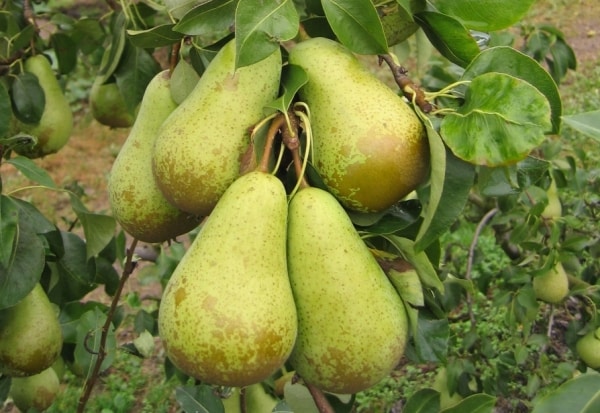
Pears are one-dimensional; they hang firmly on the stalks, do not crumble. A tasting assessment of taste was carried out, according to its results, the Conference received a score of 4.8. The fruits have a table purpose, are stored for a long time, and are well transported. They are preferred to be consumed fresh or for making desserts.
Suitable region and climate
Information about the conference pear can be found in the State Register. The variety was included in 2014. Region of admission is one - North Caucasian. It includes:
- Stavropol, Krasnodar Territories;
- Rostov region;
- republics of the Caucasus.

Advantages and disadvantages of the variety
| Description of advantages | List of disadvantages |
| Yield indicators (stability, volume) | Shoots, buds freeze if the temperature in winter drops below -20 ° C |
| Taste | Good weather is essential for tasty fruits |
| Spots on the skin impair the presentation | |
| No pollinators needed | Low resistance to pathogens of fungal diseases |
| Long-term storage, during which the fruits do not lose their consumer properties |
Landing rules
The tree can bear fruit without pollinators, the pollen of the variety is viable. Plant seedlings of the Conference in the same way as other varieties of pears in sunny places.
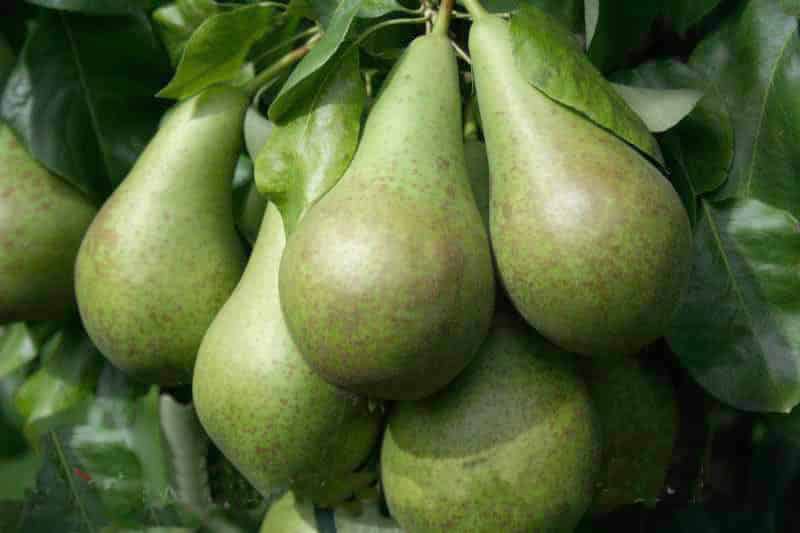
Sapling selection
When buying a seedling, they conduct a thorough inspection of all parts. External signs of a healthy plant:
- three skeletal branches;
- root length at least 30 cm;
- the trunk is covered with smooth bark.
To restore the over-dried root system, the seedlings are placed in a container of water at night on the eve of planting. If planting is postponed for a long time, the roots are dipped in a talker. Knead it out of clay, manure, water in a ratio of 1: 2: 6.
Landing dates
The plant is thermophilic. It is grown in warm climates, so Conference seedlings are planted in spring and autumn. The requirement for exact planting dates determines the presence of sap flow. It should be absent.

Conditions for pear
Seedlings of the Conference are planted only in sunny areas with low groundwater. From soils, pear prefers loose loams, chernozems, forest gray soils. For a conference pear, the optimum soil pH is between 5 and 6.5.
The culture doesn't like cold northern winds. Saplings planted in a draft take a long time to develop and develop slowly.
Distance standards
In amateur gardens, Conference pears are planted 5 meters from tall buildings and other trees. When planting a large number of seedlings, follow a 3 x 6 meter pattern. In industrial gardens, a thicker planting of 2.5 x 3.5 m is used.

Step by step process
The pear is a long-liver, so much attention is paid to the preparation of the landing site. The composition of the soil for filling the planting pit is improved. Sandy soil is made heavier by adding clay, heavy is loosened with peat. To increase fertility, make:
- humus;
- superphosphate;
- ash.
Pits are dug 0.8 m in diameter, 0.6 to 0.8 m deep. On light soil, its volume should not be less than 1.5 m³. Before planting, a 10 cm layer of drainage (gravel, crushed stone, pebbles) or clay, if the soil is sandy, is poured onto the bottom. From the prepared soil mixture, a hill is formed in the center of the pit. A stake is immediately driven in to garter a young plant.
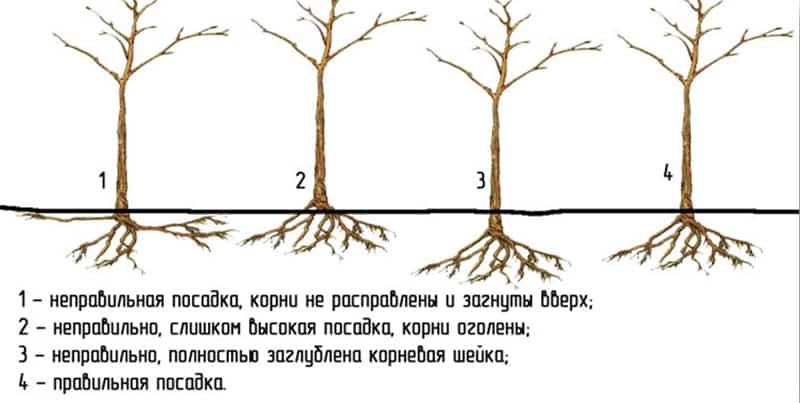
The seedling is placed next to the support, the roots are spread on the sides of the mound and densely covered with soil mixture. The root collar is not buried. It should be above the ground (5-7 cm). The trunk of the tree is tied to a support with a soft rope. A hole is formed around it. Pour it with water. Watering is repeated after the water is absorbed and the earth settles. The trunk circle is mulched with humus. In a seedling, the skeletal branches are shortened by ⅓ lengths and the central shoot to a height of 0.6-0.8 m.
Self-fertility and pollinators
The self-fertility of the Conference variety is at 40%. Fruit setting is increased by planting pears in the garden that bloom at the same time as the Conference:
- Chizhovskaya;
- Williams;
- Clapp's favorite;
- Good Louise;
- Bere.
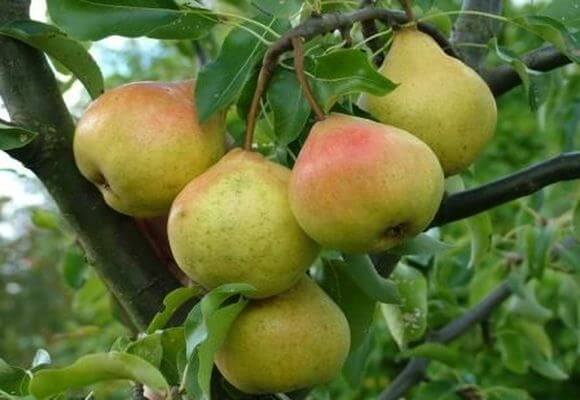
The variety itself is a pollinator for some varietal pears; it is planted next to Kucheryanka, Striyskaya, Hoverla.
Pear care
The better the care is organized, the higher the yield of the Conference pear.
Watering rules and norms
The variety does not like drought - the fruits become smaller, the taste suffers. Due to the drying out of the soil, the tree can shed the ovary (fruits). From spring to autumn, the Conference is watered up to 12 times. Their frequency and abundance depend on weather conditions. In industrial gardens, drip irrigation is organized. At the dacha, single trees are moistened with a hose. To save water, the trunks are mulched. To increase the winter hardiness of the fruit tree, abundant water-charging watering is carried out in October-November.
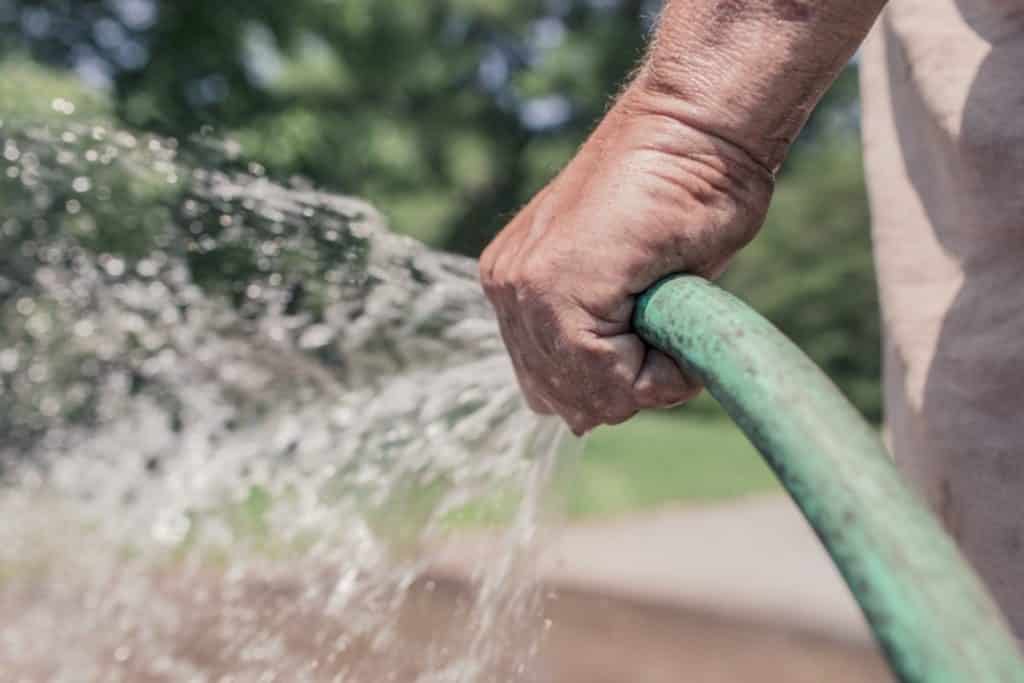
Nutrient introduction
Young pears are not fed for the first 2 years. During this period, organic and mineral fertilizers work, laid in the pit during planting. Starting from three years, the Conference is fed annually.
| Season | Product name | Method of application |
| In early spring | Urea | Dry granules along the perimeter of the trunk circle, consumption 20 g / m2 |
| Humus | Sprinkle the trunk circle, about 1 bucket is consumed per 1 m² | |
| Mass bloom | Boric acid solution (0.2 g / l) | Spraying on a leaf |
| 3 dressings from June to August | Mullein infusion | Dilute with water in a ratio of 1:10, flow rate 1 l / m² |
| Potassium monophosphate | Dissolve 20 g in water (10 l), one bucket is designed for 1 m² of the trunk circle | |
| Fall | Superphosphate | Dry granules are scattered around the trunk circle, consume 30 g / m2, the soil is then loosened, watered |
Crown molding
The crown is formed during the first 5 years. For the Conference on tall scions, a sparse-tiered form is recommended. If the seedling is obtained by grafting on a quince, then they adhere to the principles of bowl formation. If Conference pears are grown on a trellis, then the crown is formed in the form of a palmette.To maintain the desired crown density, regulating pruning is carried out. It is especially relevant for trees on low-growing grafts. They spend it in the spring. Excess shoots are cut out, directed inside the crown.
In summer, young shoots are minted (shortened by 5 cm). This method stimulates the formation of an additional number of fruit branches, works for the next year's harvest. Sanitary pruning is carried out in late autumn and early spring. All damaged shoots are cut from the tree.
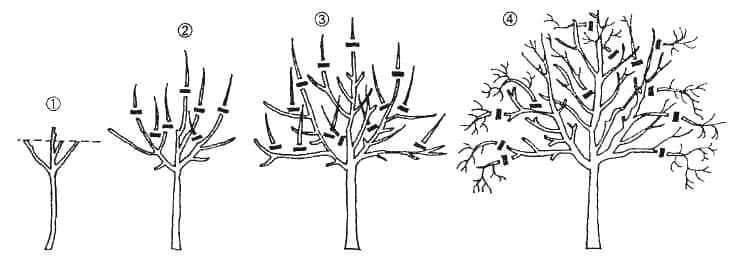
Preparing for winter
Grow a conference pear in the south. Winters are not harsh there, but thaws are dangerous. While the tree is young, the bole is covered with reeds, spruce branches or burlap for the winter. Covering materials should allow air to pass through so that the trunk of a young tree does not sniff during thaws.
Potential diseases and probable pests
Pear The conference needs preventive measures. In their absence, there is a risk of disease. Trees can infect:
- moniliosis;
- rust;
- sooty fungus.
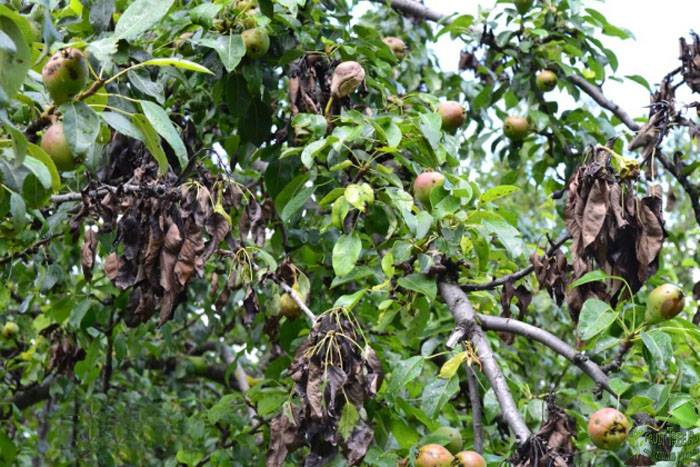
The recommended work scheme is shown in the table.
| Season | Type of work |
| Fall | Cleaning the area from plant debris, roots of perennial weeds |
| Whitewashing of skeletal branches, trunk | |
| Digging row spacings | |
| Treatment of crowns, near-trunk circles with a 3% solution of copper sulfate | |
| Spring (early) | Treatment of the crown with a pesticide solution |
| Trapping belts are put on the trunks |
From insect pests, the Conference pear is attacked by:
- color beetle;
- moth;
- aphid.
Harvesting and storage
In mid-September, they begin to harvest fruits that have reached technical ripeness. They are cut off with their hands along with the petioles. Up to 45 kg are harvested from one fruiting tree. When stored in a cool room, the taste of the pulp is revealed for the better. It becomes grainy and sweet.
Storage requirements:
- use wooden and plastic containers;
- maintain an air temperature of about 2 ° C;
- indoor humidity about 85%.
If the above conditions are met, Conference pears can be stored for 5 months. Stable yields of pears of the Conference, amateur gardeners receive quality care of fruit trees. The right choice of planting site has a great influence on the longevity of the tree.
